On October 14, the Department of Urology - Kidney Transplantation, People's Hospital 115 admitted a 16-year-old male student with pain in the right scrotum. Investigation of the patient's medical history showed that about 4 hours before admission, the patient had a sudden pain that did not subside.
At the hospital, the Urology - Kidney Transplantation team examined him and ordered a Doppler ultrasound of the testicles. He was diagnosed with right testicular torsion and required immediate surgery.
During the surgery, the doctors explored the right scrotum and noted that the right testicle was swollen, purple, distended, and twisted 1.5 times. The team also untwisted the testicle and applied warm compresses to the patient.
After 30 minutes of treatment, the testicles showed signs of reperfusion and returned to pink color. The doctors performed bilateral testicular sutures to prevent recurrence of testicular torsion.
After 2 days of treatment, the patient was clinically examined and ultrasound showed good blood circulation in both testicles and was discharged from the hospital.
According to Dr. Tran Thanh Phong, Department of Urology - Kidney Transplantation, testicular torsion (also known as spermatic cord torsion) is a phenomenon in which the testicles are twisted around their axis, obstructing and blocking the blood vessels that nourish the testicles, leading to testicular anemia and necrosis.
Testicular torsion is common in young men (16-25 years old), sometimes it can occur in older patients. Patients often initially have symptoms of sudden scrotal pain, abdominal pain, nausea or vomiting, urinary disorders, back pain, scrotal enlargement, scrotal skin dark red or bruised. Patients often feel very painful when touching the testicles.
Testicular viability is significantly reduced after 6 hours of the first symptoms of scrotal pain. When testicular torsion occurs, the lack of blood supply can lead to the risk of necrosis and necessitate orchiectomy to prevent widespread necrosis or affect the opposite testicle.
The disease can also affect sperm quality, especially in adolescents and adults. In addition, in some rare cases, blood infections can occur.
Therefore, early diagnosis and surgery are key to successful treatment of testicular torsion.
According to many studies, 90% of cases of testicular torsion treated within 4-6 hours of testicular pain almost never require orchiectomy. However, if treated after 24 hours, the risk of having to remove the testicle can be up to 90% due to irreversible damage.
Therefore, to avoid serious complications, doctors recommend that men should go to medical facilities immediately if they see symptoms of suspected testicular torsion. The success rate of testicular preservation will be higher if the disease is detected and treated early.
Source: https://dantri.com.vn/suc-khoe/nam-sinh-16-tuoi-suyt-mat-cua-quy-sau-con-dau-vung-kin-dot-ngot-20251114145228399.htm



![[Photo] Unique art of painting Tuong masks](https://vphoto.vietnam.vn/thumb/1200x675/vietnam/resource/IMAGE/2025/11/14/1763094089301_ndo_br_1-jpg.webp)

![[Photo] Unique architecture of the deepest metro station in France](https://vphoto.vietnam.vn/thumb/1200x675/vietnam/resource/IMAGE/2025/11/14/1763107592365_ga-sau-nhat-nuoc-phap-duy-1-6403-jpg.webp)


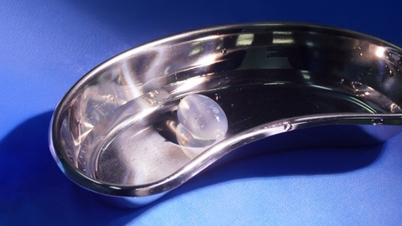

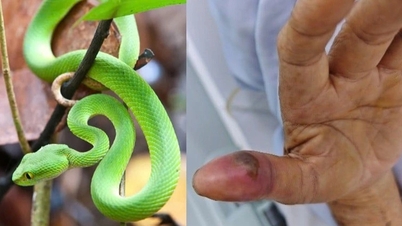
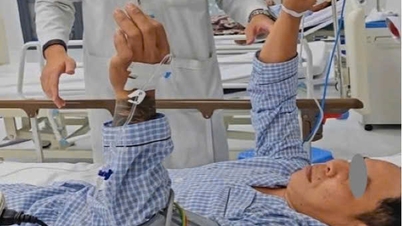




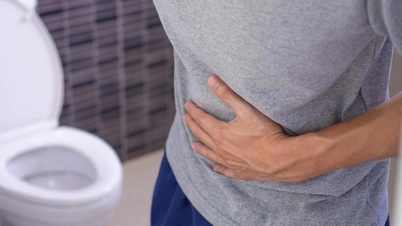
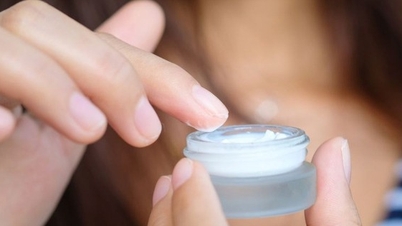




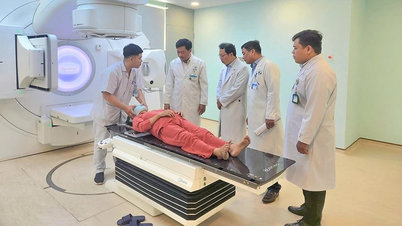

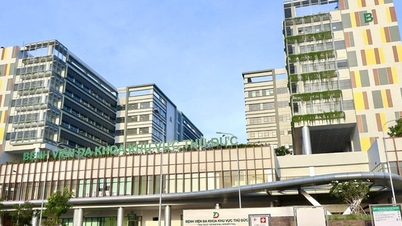









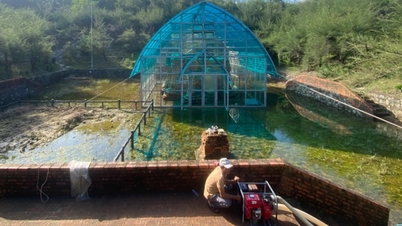

![[Photo] Special class in Tra Linh](https://vphoto.vietnam.vn/thumb/1200x675/vietnam/resource/IMAGE/2025/11/14/1763078485441_ndo_br_lop-hoc-7-jpg.webp)





































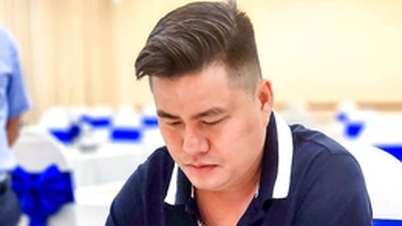

































Comment (0)